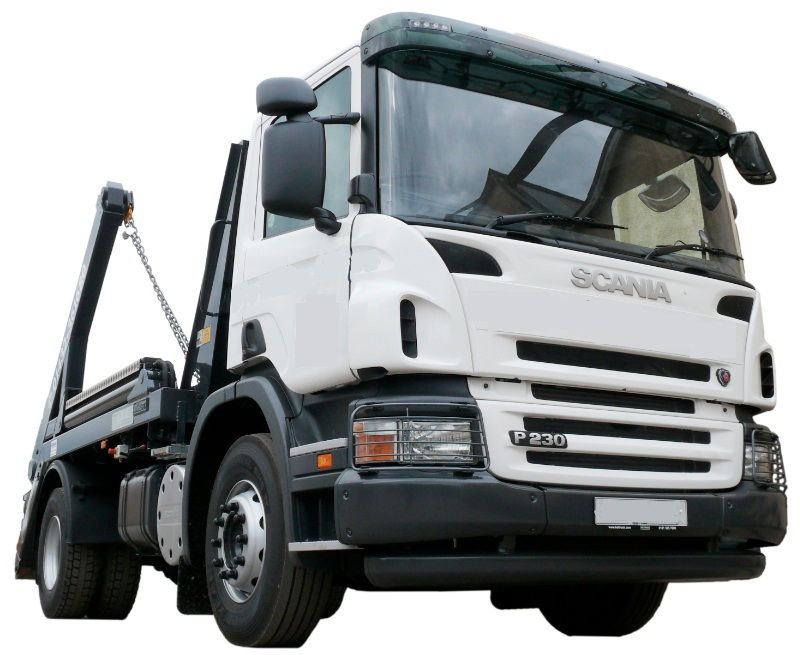Skip Hire

Domestic & Commercial Skip Hire
Call 0333 772 06 96
We deliver a reliable, flexible and tailor-made string_keyword1 service to meet the specific requirements of our customers. Whether you’re a domestic or commercial customer, we will provide you with a tailor-made solution that works for you.
What can I put in a skip?
The best answer to what can be put in a skip is to list what cannot be put in a skip. Here are the most common items that cannot be disposed of in a skip:
- Asbestos
- Batteries
- Clinical or medical waste, including syringes
- Electrical appliances & equipment
- Fluorescent tubes
- Fridges, freezers and air conditioning units
- Gas canisters and gas bottles
- Hazardous & toxic materials
- Liquids
- Oil, petrol, diesel
- Paint & Cans of paint
- Plasterboard
- Tyres
- TVs & computer screens
The other rule on what goes into a skip, despite what you see out in the streets, is that a skip cannot be overfilled. It must be a ‘level load’. If you do order a skip and fill it so that material is poking out above the sides, you risk the skip company charging you a lot more at the point of collection. The alternative is being asked to remove the excess waste before they will take the skip away.
What skip size should I hire?
Skips come in lots of sizes – from the very small to the very large. Despite the country going metric years ago, the skip industry is still clinging to the cubic yard as the volume measure for a skip.
A cubic yard is 1 yard (3 foot or 0.92 metres) high x 1-yard wide x 1 yard deep. That’s roughly the size of two standard washing machines or dishwashers.
The most common skip you see on a residential street is 6 or 8 cubic yards. Confusingly they are both referred to as a ‘builders skip’. When comparing prices with different operators, make sure you and they are clear about exactly what sized skip you are talking about.
The ideal skip size depends on not just the amount of waste you are creating but also how much space you have to put the skip. The larger the skip, the cheaper it works out per cubic yard of waste removed. But make sure you have enough waste to fill it, otherwise, you’ll end up paying for thin air. Also, bear in mind that most councils will refuse to have a skip larger than 8 yards placed on a public highway.
Are there any access issues for skip lorries?
As a guide, skip lorries are normally at least 8.5 feet wide and some as wide as 9.5 feet. The skip will need to be placed on the road and you will require a skip permit if:
- the entrance to your property is not wide enough for that sort of vehicle
- the ground cannot support at least 7.5 tonnes
Common Skip Sizes
Skip sizes are measured in cubic yards. One cubic yard (91cm x 91cm x 91cm) is roughly the size of two washing machines or one white domestic fridge freezer. Here are some common skip sizes, a guide to how many bin bags you could fit in them, and the type of project each skip size is commonly used for.
2-yard mini skip
The 2-yard mini skip holds the equivalent of 20-30 bin bags and is best suited for very small domestic jobs.
4-yard small (midi) skip
A small skip holds 4 cubic yards and is perfect for small kitchen and bathroom refurbishment jobs. It holds the equivalent of 30-40 bin bags.
6-yard small builders skip
A ‘6 yarder’ is one of the most common skip sizes and is great for DIY or building projects such as removing a medium-sized kitchen. It holds the equivalent of 50-60 bin bags.
Large Skip Sizes
8-yard large builders skip
The 8-yard skip is the most widely used skip size and is the biggest skip available for heavy waste such as concrete, soil and rubble. Common uses include residential refurbishment projects, shop refits and office clearances. It holds the equivalent of 60-80 bin bags.
12-yard maxi skip
Maxi skips are used for bulky refurbishment works or large house clearances. They hold the equivalent of 100-120 bin bags but cannot be used for heavy waste as the skip lorry would not be able to legally carry it. Because of it’s larger dimensions, some councils will not allow it to be put on the road, so you will need to make room for it in your garden or driveway.
| Skip Size | Volume | Dimensions | No. of bin bags |
| Mini Skip | 2 cubic yards | 4 x 3 x 3 feet | 25 |
| Midi Skip | 4 cubic yards | 6 x 4 x 3 feet | 35 |
| Small Builders’ Skip | 6 cubic yards | 10 x 4 x 4 feet | 50 |
| Large Builders’ Skip | 8 cubic yards | 12 x 6 x 4 feet | 70 |
| Large Maxi Skip | 12 cubic yards | 13 x 6 x 6 feet | 110 |
When do you need a skip permit?
If you place a skip on any public road or pavement you will need a skip permit (or skip licence). Failure to do so and your skip can be removed before you have filled it and you are likely to be liable to a fine. There is no requirement for a permit if you put a skip on private land, such as your driveway or field.
